Grow chayote abundant harvest and unlock a world of culinary possibilities right in your backyard! Have you ever dreamt of harvesting a vegetable so versatile, it can star in everything from savory stir-fries to sweet desserts? Chayote, also known as vegetable pear or mirliton, is your answer. This unassuming squash boasts a fascinating history, originating in Mesoamerica where it was a staple food for centuries. Imagine the ancient Aztecs and Mayans cultivating this very same vine, relying on its nutritious fruits for sustenance!
But why should you bother learning how to grow chayote abundant harvest? In today’s world, where fresh, locally sourced produce is increasingly valued, cultivating your own chayote offers a fantastic way to reduce your carbon footprint, save money, and enjoy the unparalleled flavor of homegrown goodness. Plus, chayote is incredibly prolific! With just a single plant, you can expect a bountiful harvest, providing you and your family with a steady supply of delicious and healthy vegetables. I’m excited to share some simple DIY tricks and hacks that will transform your garden into a chayote paradise. Let’s get started!
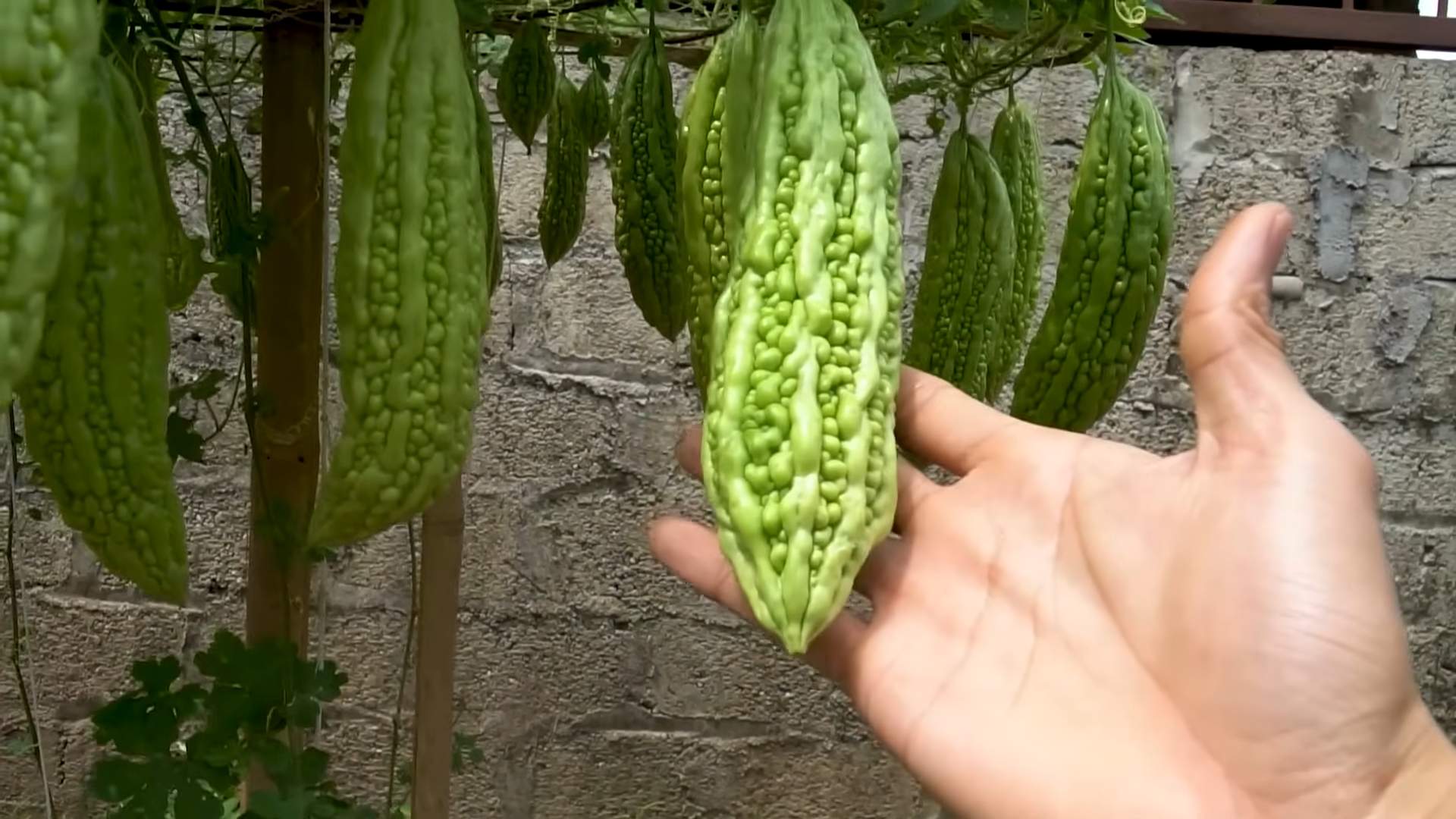
Growing Chayote: From One Fruit to an Abundant Harvest
Okay, so you want to grow chayote, also known as mirliton or vegetable pear? Awesome! It’s a fantastic, prolific vine that can provide you with tons of delicious, squash-like fruit. I’ve grown it myself, and trust me, once it gets going, you’ll be sharing chayote with all your neighbors! Here’s my guide to getting you started and ensuring a bountiful harvest.
Understanding Chayote
Before we dive into the nitty-gritty, let’s talk a little about chayote itself. It’s a member of the squash family, and unlike most vegetables, it’s typically grown from the whole fruit rather than seeds. The fruit contains a single seed inside, and it’s this seed that germinates while still inside the fruit. This is important to remember!
* Unique Propagation: Chayote is usually propagated from the whole fruit.
* Vigorous Vine: Expect a large, sprawling vine that needs strong support.
* Warm Climate Preference: Chayote thrives in warm climates with a long growing season.
* Nutrient-Rich: The fruit, leaves, and even the root are edible and nutritious.
* Versatile in the Kitchen: You can use chayote in soups, stews, stir-fries, and even salads.
Preparing the Chayote Fruit for Planting
This is the most crucial step. You can’t just toss a chayote in the ground and expect it to grow. We need to encourage germination *before* planting.
1. Choosing the Right Fruit: Select a mature, healthy chayote fruit. Look for one that’s plump, firm, and free from blemishes or soft spots. You might even see a small sprout emerging from the bottom – that’s a great sign! If you don’t have a sprout yet, don’t worry, we’ll encourage it.
2. Encouraging Sprouting (if needed): If your chayote hasn’t started sprouting, you can encourage it by placing it in a warm, humid environment. I like to wrap mine loosely in a damp paper towel and place it in a plastic bag (leave it slightly open for air circulation). Store it in a warm place, like on top of your refrigerator, for a week or two. Check it regularly and re-dampen the paper towel if needed. You should see a sprout emerging from the broader end of the fruit.
3. Preparing the Planting Hole: While you’re waiting for your chayote to sprout, prepare the planting hole. Chayote vines are heavy feeders, so you’ll want to amend the soil with plenty of organic matter. Dig a hole that’s about twice as wide and twice as deep as the chayote fruit. Mix the excavated soil with compost, well-rotted manure, and a slow-release fertilizer.
Planting Your Sprouted Chayote
Now for the exciting part! Getting your sprouted chayote into the ground.
1. Positioning the Fruit: Carefully place the sprouted chayote fruit in the planting hole, with the sprouted end pointing upwards. The top of the fruit should be just below the soil surface.
2. Backfilling the Hole: Gently backfill the hole with the amended soil, being careful not to damage the sprout. Lightly tamp down the soil around the fruit.
3. Watering Thoroughly: Water the newly planted chayote thoroughly. This will help settle the soil and provide the fruit with the moisture it needs to get established.
4. Mulching: Apply a layer of mulch around the base of the plant. This will help retain moisture, suppress weeds, and regulate soil temperature. I like to use straw or wood chips.
Providing Support for the Vine
Chayote vines are vigorous climbers and need strong support to grow properly. Without adequate support, the vine will sprawl on the ground, making it difficult to harvest the fruit and increasing the risk of disease.
1. Choosing the Right Support: There are several options for supporting your chayote vine. You can use a sturdy trellis, an arbor, a fence, or even a strong pergola. The key is to choose a support that’s tall and strong enough to handle the weight of the mature vine and its fruit. I personally use a sturdy trellis made of metal.
2. Installing the Support: Install the support structure near the planting hole. Make sure it’s securely anchored in the ground.
3. Training the Vine: As the chayote vine grows, gently train it to climb the support structure. You can use plant ties or twine to secure the vine to the support.
Caring for Your Chayote Vine
Once your chayote vine is established, it’s relatively easy to care for. Here’s what you need to do:
1. Watering: Water the vine regularly, especially during dry periods. Chayote needs consistent moisture to thrive. Aim for deep watering, allowing the soil to dry out slightly between waterings.
2. Fertilizing: Feed the vine with a balanced fertilizer every few weeks during the growing season. You can also side-dress with compost or well-rotted manure.
3. Pruning: Prune the vine as needed to control its size and shape. You can also prune away any dead or diseased growth. I usually prune mine in late winter or early spring before new growth begins.
4. Pest and Disease Control: Chayote is generally pest and disease resistant, but it can be susceptible to aphids, squash bugs, and powdery mildew. Inspect the vine regularly for signs of pests or diseases and take action promptly if you notice any problems. Insecticidal soap or neem oil can be effective for controlling aphids and squash bugs. For powdery mildew, improve air circulation around the vine and apply a fungicide if necessary.
Harvesting Your Chayote Fruit
The moment you’ve been waiting for! Harvesting your delicious chayote.
1. Knowing When to Harvest: Chayote fruit is typically ready to harvest about 3-4 months after planting. The fruit should be firm, smooth, and light green in color. It’s best to harvest the fruit when it’s still relatively young and tender.
2. Harvesting Technique: Use a sharp knife or pruning shears to cut the fruit from the vine. Leave a short stem attached to the fruit.
3. Storage: Chayote fruit can be stored in the refrigerator for several weeks.
Troubleshooting Common Chayote Growing Problems
Even with the best care, you might encounter some challenges when growing chayote. Here are some common problems and how to address them:
* No Fruit Production: This is a common complaint. Chayote is a short-day plant, meaning it needs shorter days and longer nights to flower and produce fruit. If you live in an area with long summers, your chayote might not start producing fruit until late in the season. Also, make sure your vine is getting enough sunlight and nutrients. Sometimes, lack of pollination can be an issue, though chayote is generally self-pollinating. You can try hand-pollinating the flowers to improve fruit set.
* Slow Growth: Slow growth can be caused by several factors, including poor soil, lack of sunlight, and insufficient watering. Make sure your soil is well-drained and amended with plenty of organic matter. Chayote needs at least 6 hours of sunlight per day. Water the vine regularly, especially during dry periods.
* Pest Infestations: As mentioned earlier, aphids and squash bugs can be a problem. Inspect the vine regularly and take action promptly if you notice any pests.
* Disease Problems: Powdery mildew is the most common disease affecting chayote. Improve air circulation around the vine and apply a fungicide if necessary.
Enjoying Your Chayote Harvest
Now that you’ve harvested your chayote, it’s time to enjoy the fruits (literally!) of your labor. Chayote is a versatile vegetable that can be used in a variety of dishes.
* Raw: You can eat chayote raw in salads or as a snack. It has a mild, slightly sweet flavor.
* Cooked: Chayote can be boiled, steamed, stir-fried, baked, or grilled. It’s a great addition to soups, stews, and casseroles.
* Pickled: Pickled chayote is a popular condiment in some cultures.
* Stuffed: You can hollow out chayote and stuff it with meat, vegetables, or rice.
* Chayote Leaves and Shoots: Don’t forget that the young leaves and shoots are also edible! They can be cooked like spinach or other leafy greens.
Saving Chayote for Next Year
To ensure you have chayote to plant next year, simply save a few healthy, mature fruits. Store them in a cool, dry place until it’s time to start the sprouting process again. I usually keep mine in the crisper drawer of my refrigerator.
Growing chayote is a rewarding experience
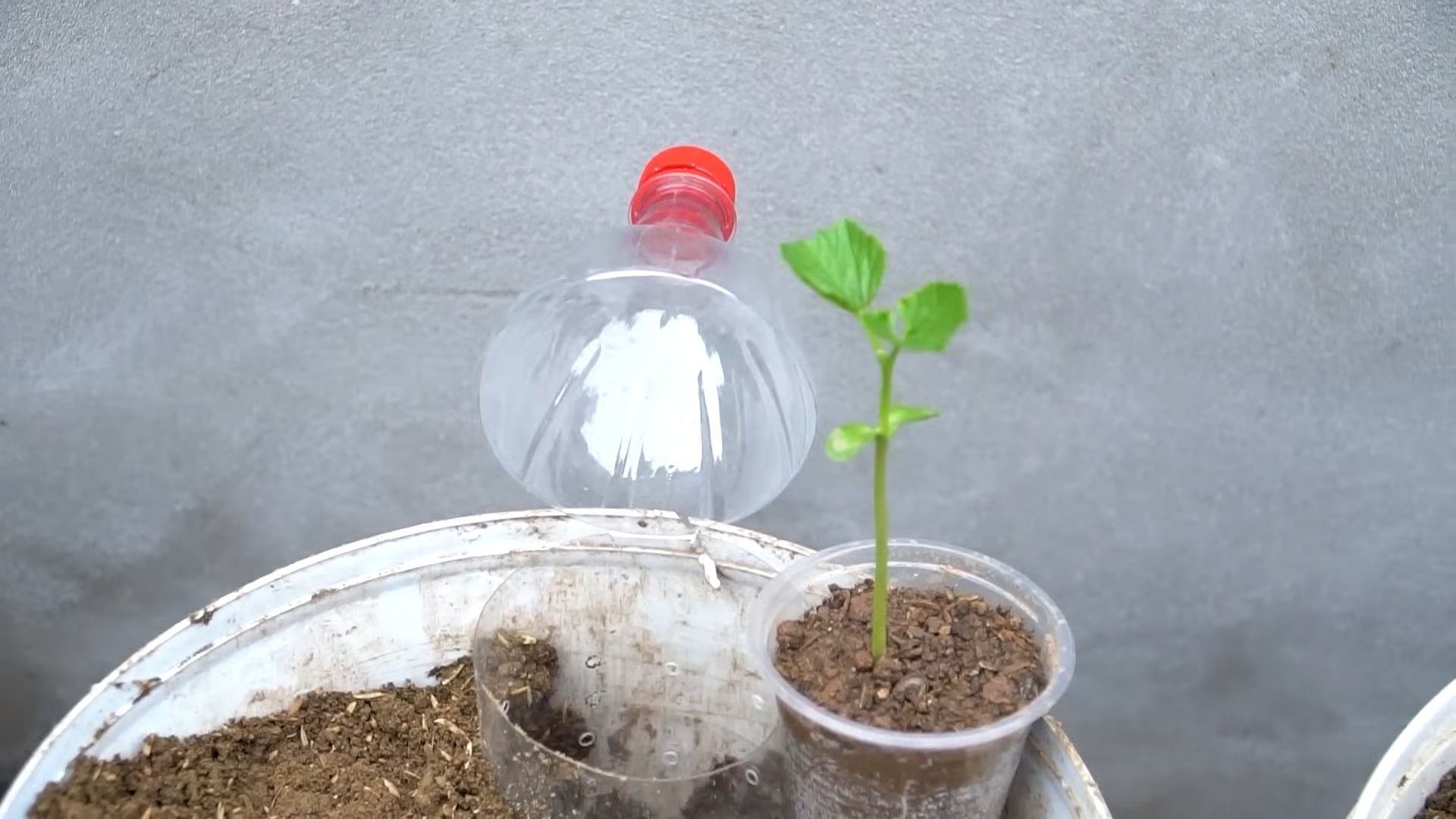
Conclusion
So, there you have it! Growing your own chayote, and achieving that abundant harvest, is not only achievable but also incredibly rewarding. This DIY trick, focusing on [specific aspect of the trick mentioned in the article, e.g., seed preparation, soil amendment, trellising technique], is a game-changer for anyone who’s struggled with chayote cultivation in the past. It bypasses common pitfalls and sets your plants up for success from the very beginning.
Why is this a must-try? Because it simplifies the process, increases your yield, and allows you to enjoy fresh, homegrown chayote without the frustration of stunted growth or minimal fruiting. Imagine the satisfaction of harvesting basket after basket of these versatile vegetables, knowing you nurtured them from seed (or sprout) to table.
But don’t stop there! Experiment with different variations to tailor the technique to your specific climate and growing conditions. For example, if you live in a particularly hot climate, consider providing afternoon shade to your chayote plants. If your soil is heavy clay, amend it generously with compost and other organic matter to improve drainage. You can also try different trellising methods to see which one works best for your space and the growth habit of your chayote vine. Some gardeners have even had success growing chayote in large containers, provided they have adequate support and drainage.
Furthermore, consider exploring different varieties of chayote. While the light green, pear-shaped variety is the most common, there are also white, dark green, and even spiny varieties available. Each has its own unique flavor and texture, so experimenting with different types can add even more variety to your chayote harvest.
This DIY trick isn’t just about growing chayote; it’s about connecting with nature, learning new skills, and enjoying the fruits (or vegetables!) of your labor. It’s about reducing your reliance on store-bought produce and embracing a more sustainable lifestyle. It’s about the joy of sharing your abundant harvest with friends, family, and neighbors.
We wholeheartedly encourage you to give this DIY trick a try. Don’t be intimidated by the process; it’s easier than you think. And once you experience the satisfaction of harvesting your own chayote, you’ll be hooked!
Most importantly, we want to hear about your experience! Share your successes, your challenges, and any variations you’ve tried in the comments below. Let’s create a community of chayote growers who can learn from each other and help each other achieve that elusive abundant harvest. Your insights could be invaluable to other gardeners who are just starting out. So, get your hands dirty, embrace the challenge, and let’s grow some chayote!
Frequently Asked Questions (FAQ)
What is the best time of year to plant chayote?
The ideal time to plant chayote depends on your climate. In warmer regions with mild winters, you can plant chayote in the fall or early winter. This allows the plant to establish itself before the heat of summer arrives. In colder regions with harsh winters, it’s best to start chayote indoors in late winter or early spring and transplant it outdoors after the last frost. Chayote is frost-sensitive, so it’s crucial to protect it from freezing temperatures. Generally, aim to plant when the soil temperature is consistently above 60°F (15°C).
How much space does a chayote vine need?
Chayote vines are vigorous growers and require a significant amount of space. They can easily spread 20-30 feet (6-9 meters) or more. Therefore, it’s essential to provide them with a sturdy trellis or other support structure that can accommodate their growth. Choose a location that allows the vine to spread without encroaching on other plants. If you’re growing chayote in a smaller space, you can prune the vine regularly to control its size.
What kind of soil is best for growing chayote?
Chayote prefers well-drained, fertile soil that is rich in organic matter. Amend your soil with compost, aged manure, or other organic materials before planting to improve its drainage and nutrient content. Chayote can tolerate a wide range of soil pH levels, but a slightly acidic to neutral pH (6.0-7.0) is ideal. Avoid planting chayote in heavy clay soil, as this can lead to root rot. If you have clay soil, amend it generously with organic matter to improve its drainage.
How often should I water my chayote plant?
Chayote plants need consistent moisture, especially during hot, dry weather. Water deeply and regularly, ensuring that the soil remains moist but not waterlogged. Avoid overhead watering, as this can promote fungal diseases. Instead, water at the base of the plant. Mulching around the base of the plant can help to retain moisture and suppress weeds. During periods of heavy rainfall, you may need to reduce watering frequency.
How do I fertilize my chayote plant?
Chayote plants are heavy feeders and benefit from regular fertilization. Apply a balanced fertilizer (e.g., 10-10-10) every few weeks during the growing season. You can also supplement with organic fertilizers such as compost tea or fish emulsion. Avoid over-fertilizing, as this can lead to excessive vegetative growth at the expense of fruit production.
Why is my chayote plant not producing fruit?
There are several reasons why your chayote plant may not be producing fruit. One common reason is lack of pollination. Chayote flowers are pollinated by insects, so ensure that there are plenty of pollinators in your garden. You can attract pollinators by planting flowering plants nearby. Another reason could be insufficient sunlight. Chayote plants need at least 6-8 hours of sunlight per day to produce fruit. Over-fertilization with nitrogen can also inhibit fruit production. Finally, it’s important to remember that chayote plants typically don’t produce fruit until their second year.
How do I harvest chayote?
Chayote is typically harvested when the fruits are young and tender, about 4-6 inches (10-15 cm) long. The skin should be smooth and unblemished. Use a sharp knife or pruners to cut the fruit from the vine, leaving a short stem attached. Chayote can be stored in the refrigerator for several weeks.
Can I eat the chayote seeds?
Yes, the chayote seed is edible and often considered a delicacy. It has a nutty flavor and can be cooked along with the fruit. Some people prefer to remove the seed before cooking, while others leave it in.
How do I propagate chayote?
Chayote is typically propagated from the whole fruit. Select a mature fruit and allow it to sprout in a warm, humid environment. Once the sprout has developed roots, you can plant the fruit in the ground. You can also propagate chayote from cuttings, but this method is less reliable.
Are there any pests or diseases that affect chayote?
Chayote is generally resistant to pests and diseases, but it can be susceptible to aphids, spider mites, and squash bugs. These pests can be controlled with insecticidal soap or neem oil. Fungal diseases such as powdery mildew can also affect chayote, especially in humid conditions. Preventative measures include providing good air circulation and avoiding overhead watering.

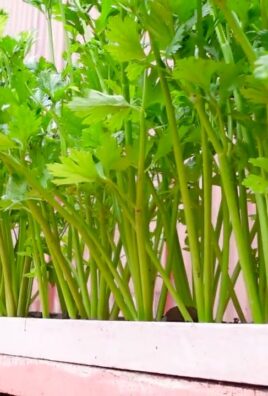
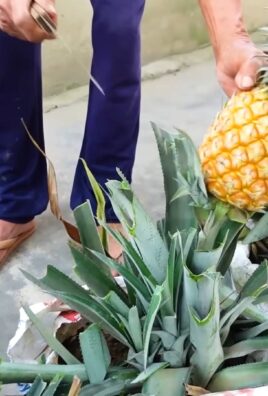
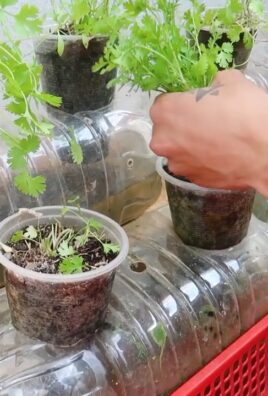
Leave a Comment